— September 14, 2018
A major benefit of working in a digital-growth consultancy is that you see businesses across all industries and lifecycle stages try to grow their companies. I see good actions that really help a company grow but also common elements that hinder growth.
In this article, I’ll give you insight into nine of the most common things I see holding back business growth—and how we’ve helped clients solve these issues.
Before we get to that though, I asked my LinkedIn connections about the #1 thing holding back their companies. I was blown away by the number of things they suggested and how varied they were.
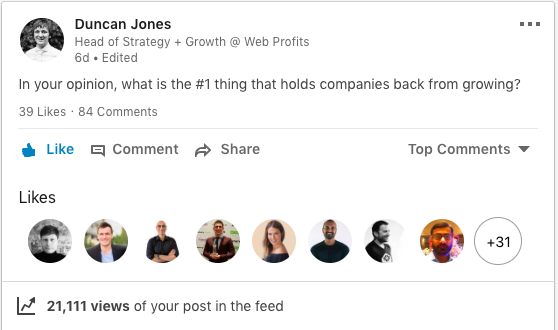
View the post and the answers.
It’s clear from the 80+ answers that many things hold companies back, so consider these nine a starting point in your quest to improve your business. (As I’m a marketer, these focus on a marketing approach.)
Okay, let’s get into it.
Growth killer #1: Silos
The first major issue that companies have—especially older, more established companies—is silos. They can be everywhere—between departments, such as the marketing and sales department, or within departments. For example, in the marketing department, the content and email teams may be siloed.
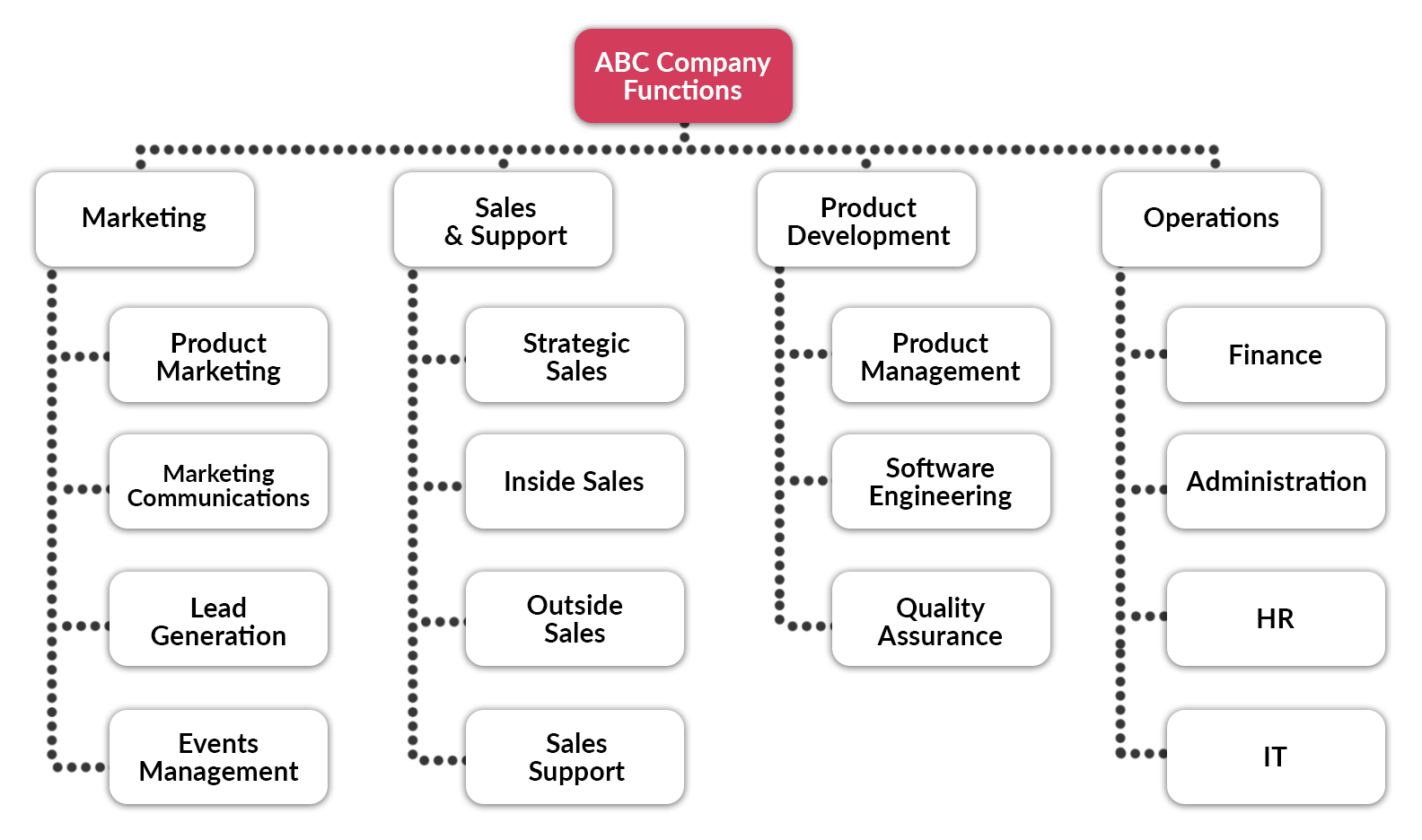
Silos also exist between external partners, such as agencies and consultancies. Silos hold back growth because they fail to maximize the ROI from the work people are doing across silos.
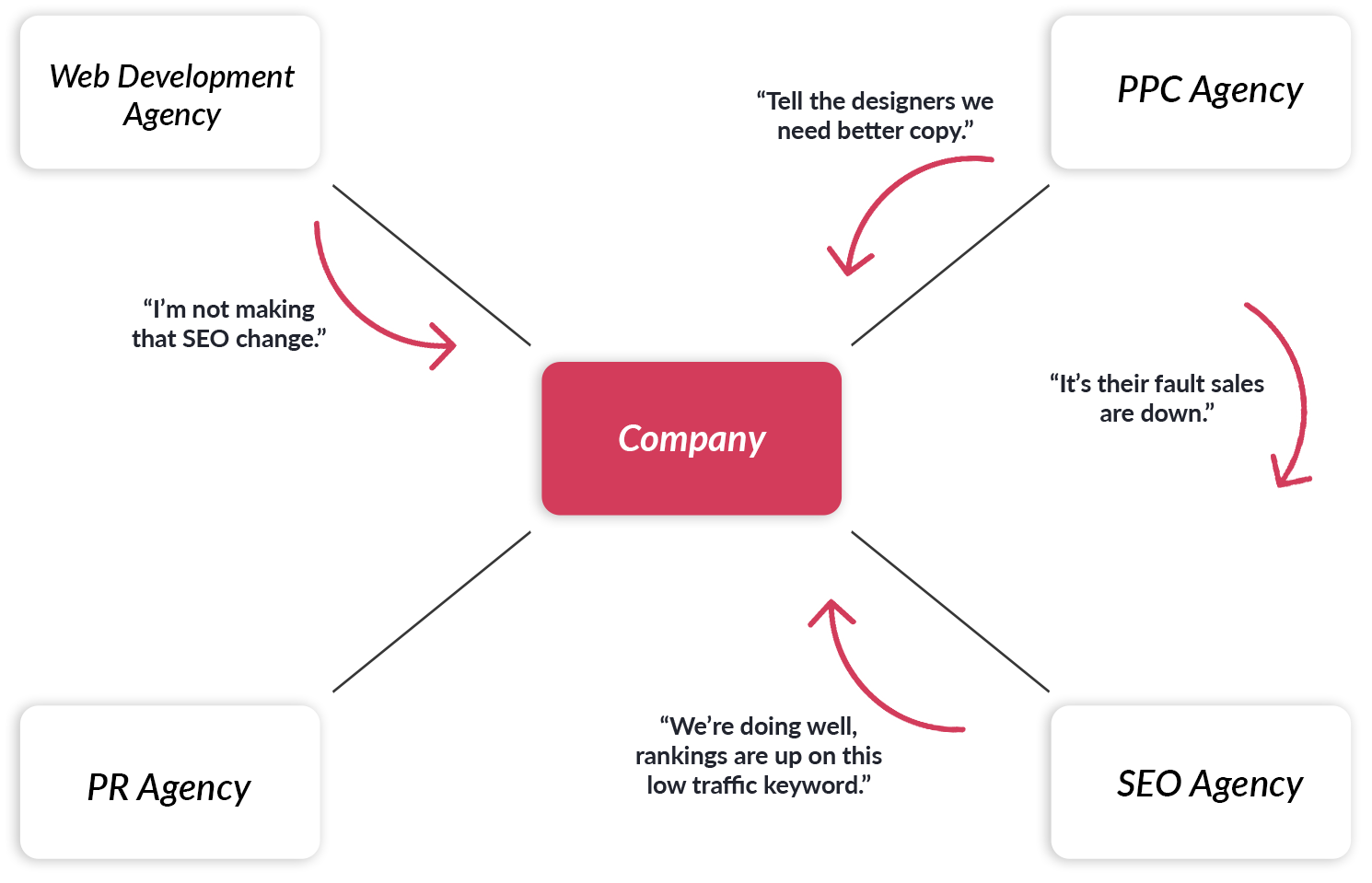
For example, if you’re spending money to generate leads but your sales team isn’t informing the marketing team of common questions, you’ve lost a big opportunity to improve lead quality and share information that could improve the marketing team’s work.
Or, if the content team is producing awesome content but not distributing it across email and social channels, you’re once again missing an opportunity to maximize the ROI.
Silos between external partners are also very common and can duplicate work, generate a lot of unnecessary back and forth, and waste an opportunity to maximize the value of one agency through another.
So, what can companies do about it?
The best way to break down silos within companies is to establish dedicated growth teams—something even Facebook did when they hit a growth plateau early in their journey.
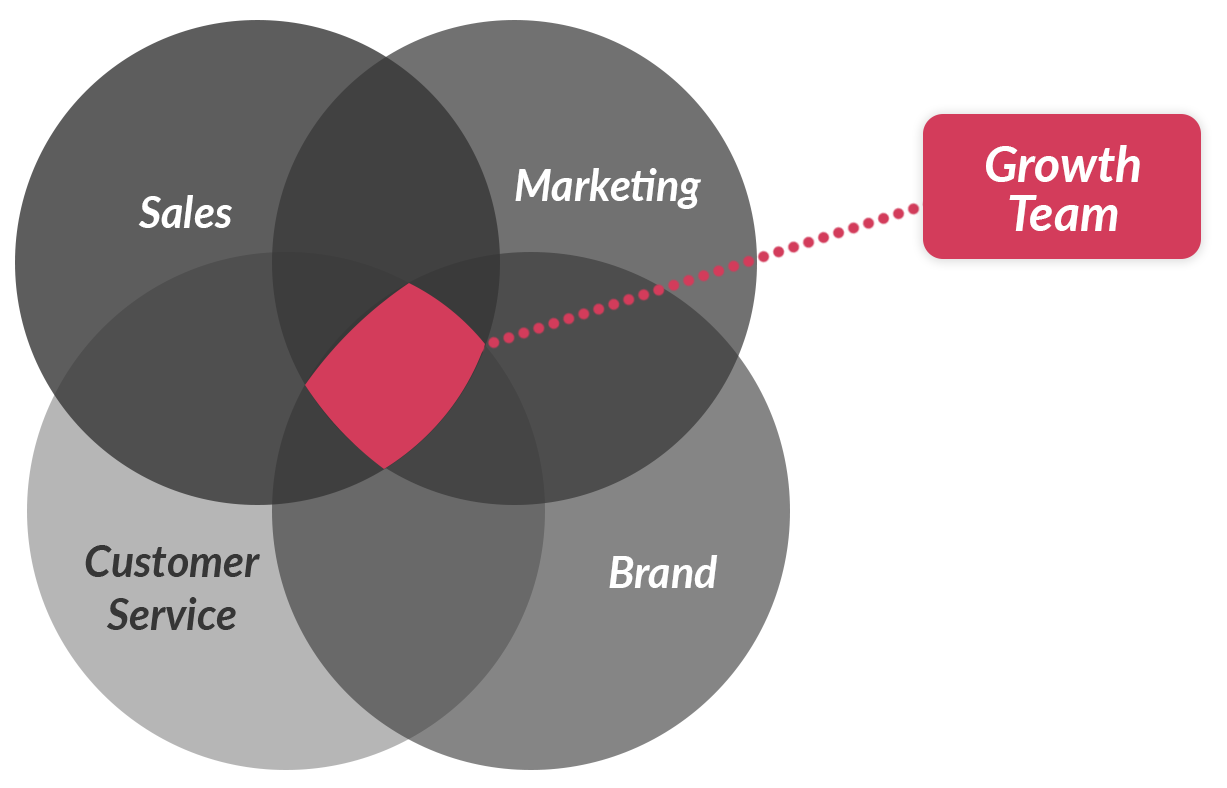
The growth team should be made up of people across the company from all departments and seniority levels. Their task? To break down the barriers between departments and work as one unit to grow the company using any means possible.
By including all departments, you get insights from across the business, and you also bring in an influential member of each team to help get things done within their own team—much easier than trying to do so with an “outsider” from another department.
As for breaking down silos with external partners, I recommend condensing the number of agencies you’re using down to one, if possible. If not, remember these are professionals that you’re paying, so put a framework in place that enables them to work together and maximizes the value of their efforts.
A few things I would suggest:
- Align and link their goals.
- Create a fair tracking and attribution framework.
- Set clear responsibilities across partners.
- Combine all major meetings, with each partner represented.
- Open up communication between agencies on platforms such as Slack so they know what the other is doing and can look for ways to collaborate.
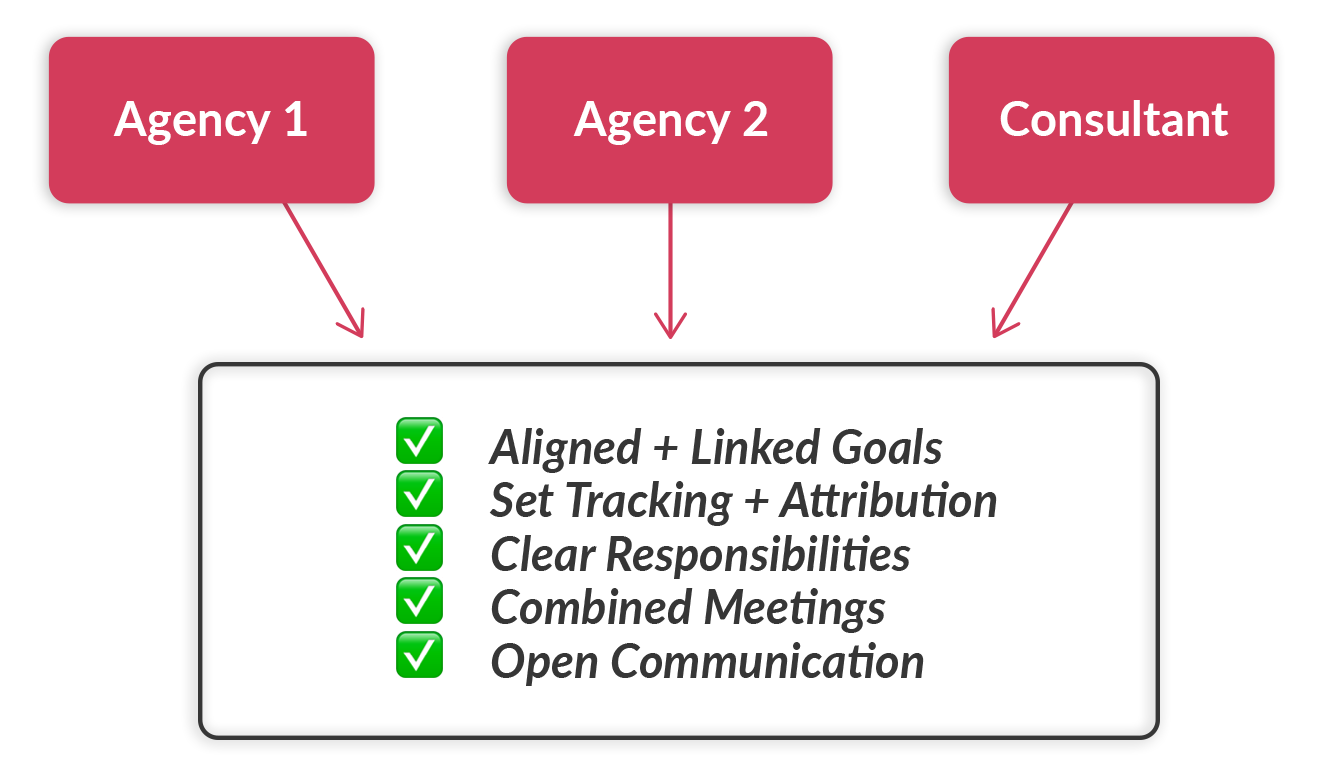
It may take time, but if you remove any silos in your company—even partially—you’ll improve business growth.
Growth killer #2: Different goals and metrics
The second thing that holds companies back: departments and vendors trying to grow a huge array of different goals and metrics:
- The SEO team may want to improve rankings and search engine traffic;
- The email agency may be looking to increase subscribers; and
- The sales team may focus on closing sales.
Each team and person will prioritize, spend their budget, and allocate their time trying to grow these metrics, but their metrics may not translate into business growth.
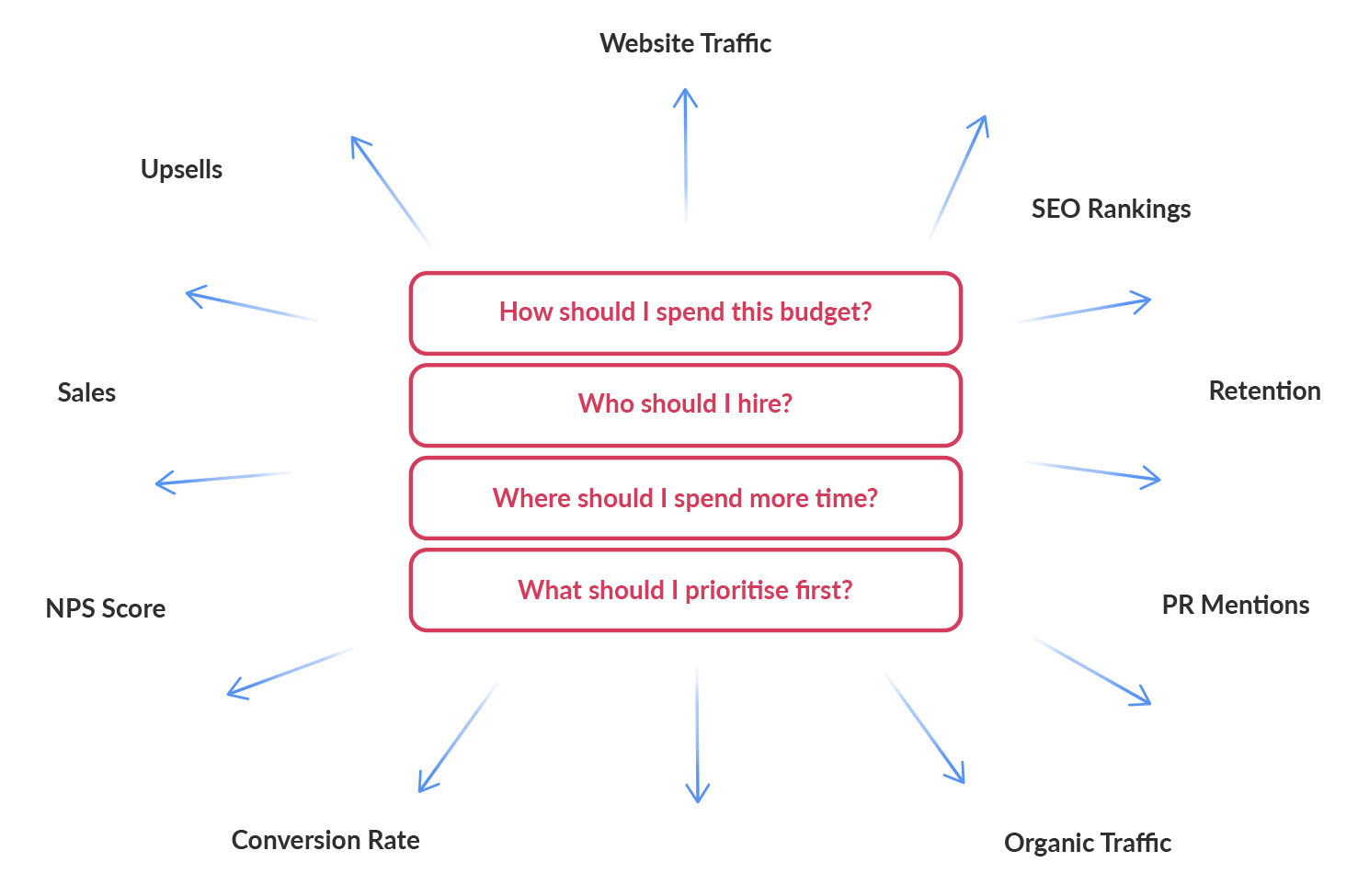
So, what can companies do about it?
The best way to solve this issue and grow your company rapidly is to simplify all your goals down to one trackable metric, which—if you grow month-on-month—will have the biggest impact on your business growth.
At Web Profits, we call this your “one trackable metric,” while Sean Ellis—who invented the term “growth hacking”—calls it the “North Star.” It doesn’t really matter what you call it; it just has to align closely with your overall business growth.
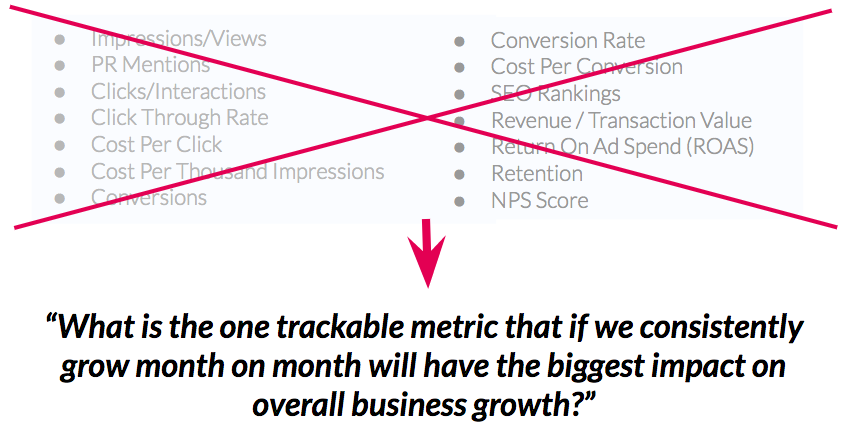
Once you’ve identified the metric, never lose sign of it. Get your whole company excited about it and make sure it’s reported on regularly. Ensure teams are aligned and rewarded for growing this metric month-on-month. That way, each time your team is faced with a decision on their outputs, they can ask, “Will this grow our ‘one trackable metric’?”
Over time, refine your North Star to ensure its growth matches your business. If you’re a superannuation company, for example, you may initially align everyone to grow “signups” but later realize that few signups fund their accounts, so the metric may change to “funded signups.” Then, over time, it may change again to “funded signups with balances over $ 100,000,” and so on.
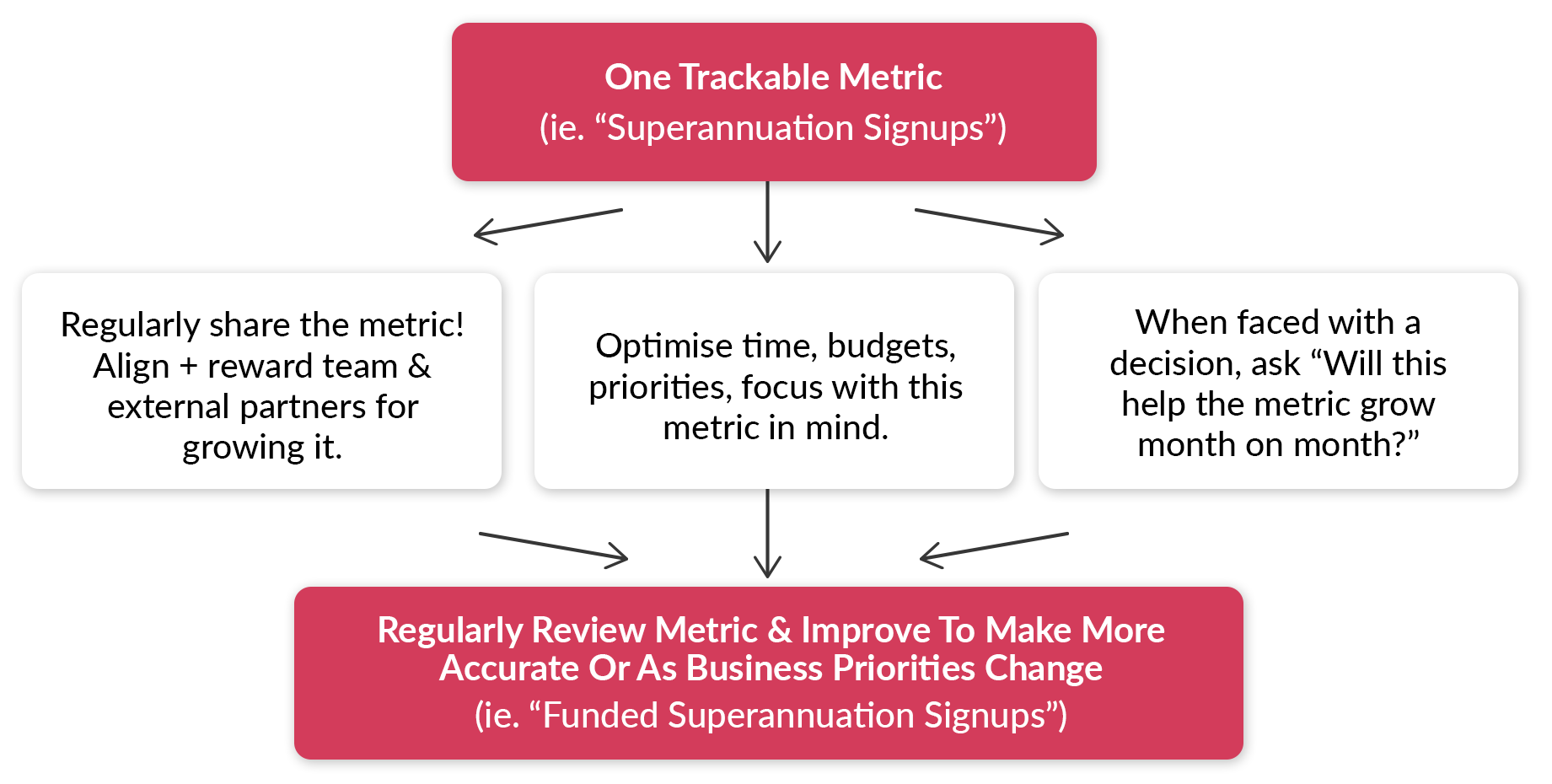
Once your metric is in place, you’ll find that the team will start prioritizing their work, their time, and their budget based on the impact on this metric, which will really move the needle for your business growth.
Growth killer #3: Not knowing the numbers

Many businesses we talk to simply don’t know their numbers. Whether it’s their lead-to-sale close rate, their lifetime value, or any other important number, knowing each makes a huge difference for business growth. If you don’t know your numbers, you won’t know if you’re making the right decision or not.
A good example is if you set your lifetime value too low, or don’t know what it is at all. You’ll optimize your marketing campaigns for that low lifetime value and end up switching off campaigns that were actually making a profit, reducing sales and growth.
And if your competitors have calculated lifetime value accurately, they’ll have more marketing budget to work with per sale and, therefore, outbid you and steal market share.

So, what can companies do about it?
First, ensure you can trust the data you’re getting across the business. Make sure you’re tracking everything correctly and pulling the right data from the right systems, and look for any holes. If the data is correct, spend time working out all the numbers that matter to you.
Some of these formulas and methods are complex—you can calculate lifetime value, for example, in multiple ways and with some very long formulas. But you don’t have to be perfect first time. Refine these numbers over time to make them more accurate as you gather more data and insights.
Despite the complexity, knowing your numbers is well worth your time and will help long-term business growth.
Growth killer #4: One-off marketing
Among the bigger companies we serve, many want to grow rapidly month-on-month and ask internal marketing teams to focus 100% of their time on one-off marketing campaigns. This negatively impacts growth.
One-off marketing campaigns are things like promoting a sale, running a themed campaign for a month, writing content about an event—essentially any marketing effort that lasts for a limited period of time.

Focusing entirely on one-off marketing hurts growth because it forces teams to scramble to get campaigns designed, developed, and launched, only to earn a return on that investment for a short period of time.
As soon as the campaign is done, they’re onto the next one, reinvesting more time and money to generate a limited return. That level of investment isn’t scalable over time, and you’re essentially only as good as your last offer—which may or may not work.
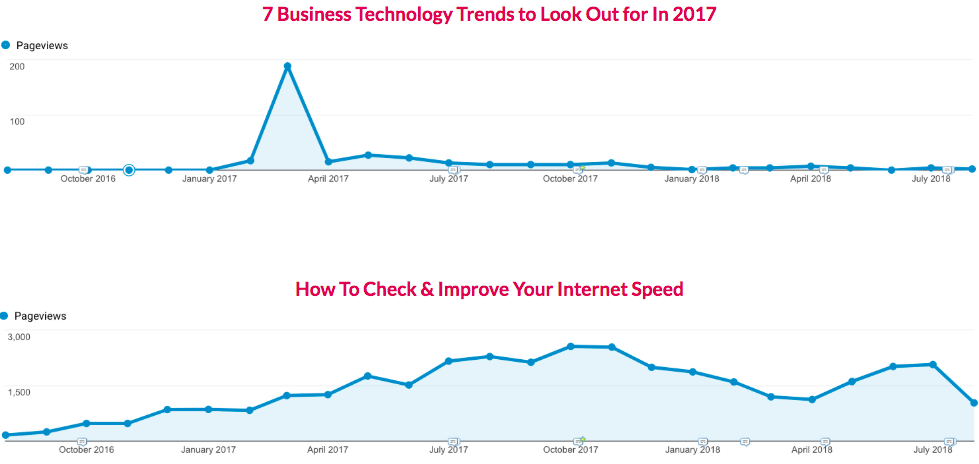
Evergreen marketing (bottom) provides long-term benefits compared to one-off marketing (top).
So, what can companies do about it?
To grow faster, teams should focus more of their time and effort on always-on, evergreen marketing—marketing that is unaffected by time and won’t expire. If someone sees a current campaign two years from now, it should still be relevant and have the same effect.
The “evergreen” label can apply to content, to a marketing funnel that shows different ads, or even a never-ending competition with a new winner each month.
No matter the campaign, making it evergreen means that the team invests their time, energy, and money into its setup and push live once. Over time, every hour and dollar you invest will layer on more and more assets that repay you for years to come.
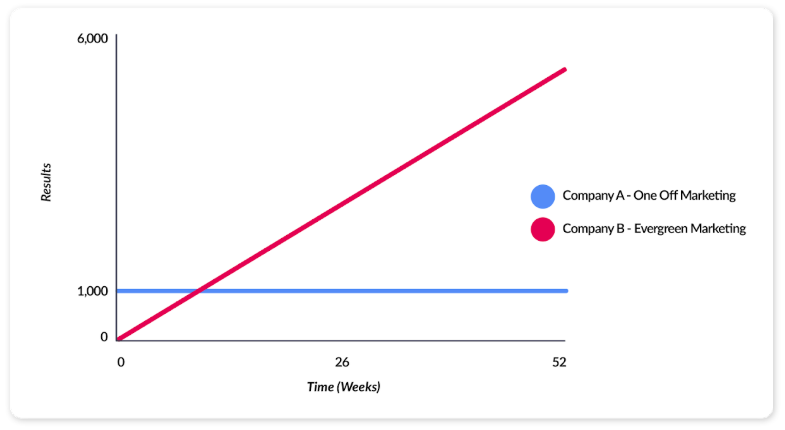
To be clear, even with these benefits, I’m not suggesting that 100% of your marketing should be evergreen. Ecommerce stores should still run sales. You should still run branding campaigns and put out time-based content.
What I’m suggesting is that companies that want to grow do more evergreen marketing than they’re currently doing, which will increase ROI from every dollar and ounce of effort you put into your campaigns.
Growth killer #5: Not enough automation
Automation—it’s been a business buzzword for years, but most companies still do tons of things manually that could be automated easily:
- Data migration from one platform to another;
- Copy-and-paste report creation; and
- Retention of agency services for manual work that could be automated.
These manual tasks stunt growth because they take time—a valuable, limited resource. When your team works on manual tasks, you’re essentially losing time that could be spent on higher-value items such as creative, strategy, research, and planning.
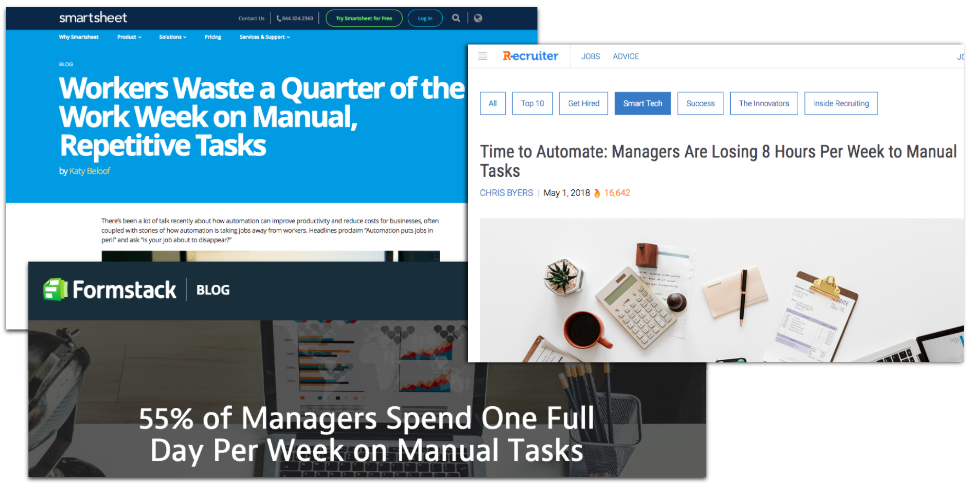
So, what can companies do about it?
Take automation off your plate and empower your staff to automate as much as they can. Give them budgets to find software and resources to build tools and invest in training—for things like good old-fashioned Excel Macros, which your team probably still isn’t using.
After they’ve automated the big things they do every day, look for other elements of your business that automation could make more efficient, such as turning paper-based processes digital.
If you have manual, low-value processes that can’t be automated, empower your team to outsource this work overseas or to lower-cost areas.
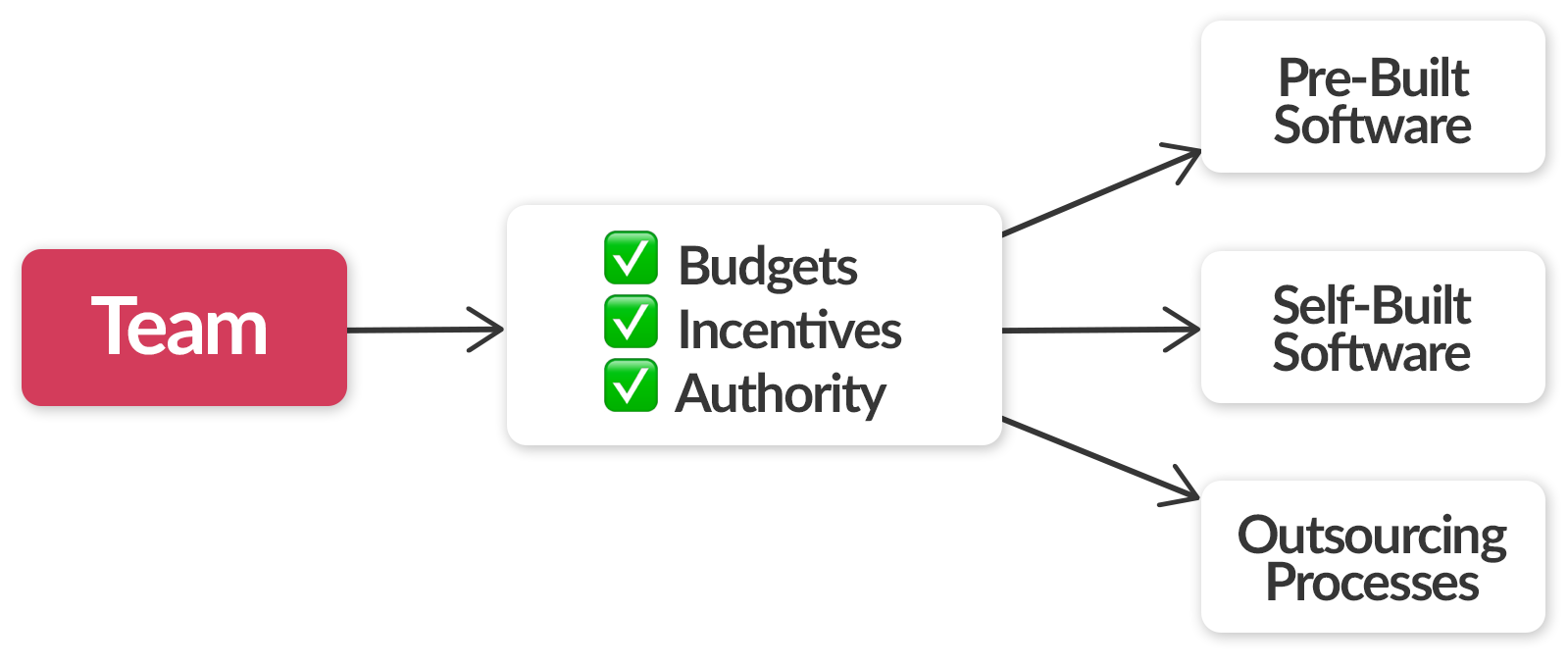
Investing in automation will save a significant amount of staff time, which can refocus on things that are more likely to make a big difference to business growth. You’ll also get the added benefit of employee satisfaction as you take manual, repetitive, and low-value tasks off employees’ plates.
Growth killer #6: Concentrating on the top of the marketing funnel
Marketing teams generally concentrate their effort on the top of the marketing funnel: blogging, Facebook and Google ads, and emails to subscribers.

In contrast, companies ignore a huge part of the post-purchase funnel that doesn’t require expensive advertising, and it’s definitely hampering their growth.
So, what can companies do about it?
It’s simple—spend a good portion of your time marketing to your customers.
This could be retention efforts to keep them happy so you earn more repeat sales and increase lifetime value. Or, it could be the development of referral programs to incentivize current customers to promote your product or service. You could also solicit testimonials or encourage happy clients to place reviews on third-party websites.
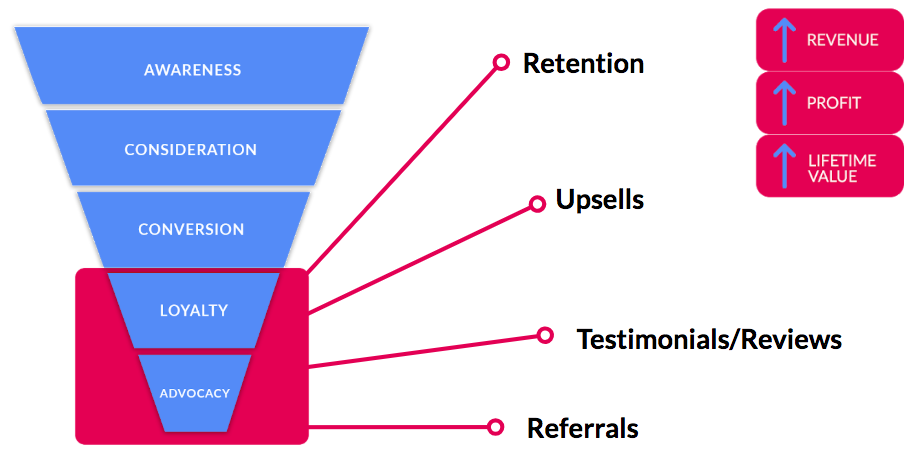
By spending more time on the bottom of the marketing funnel, you’ll generate additional revenue for every new customer you bring in without extra advertising costs. This will grow the lifetime value of your customers, which will allow you to spend more at the top of your funnel to bring in new customers—building market share and growing your business faster.
Growth Killer #7: Setting ad-spend budgets in stone
I’ve worked with many companies that set their advertising budgets in stone at the start of the year, even breaking down budgets by channel for each month. (And they stick to them.) That rigidity can limit growth significantly.

The problem with setting budgets in stone is that you’re relying on your forecasts to be right—right about which channels will perform best, right about the maximum you can spend profitably on each channel, and right about which month you’ll need to ramp up or ramp down your spend based on when the target market is most active.
So, what can companies do about it?
Rather than setting budgets per channel or at all, companies that want to grow need to set advertising budgets based on profitability.
At a certain cost-per-sale or profit-per-conversion, companies should have an unlimited budget—every dollar they spend on advertising will increase their profit. This gives marketing teams the freedom to find profitable channels, scale them up until they can’t spend another dollar profitably, look for new channels, and repeat.
If you can’t accept an “unlimited budget” mindset, at least allow your team to optimize your total advertising budget across all channels, fluidly shifting resources based on performance and opportunity.
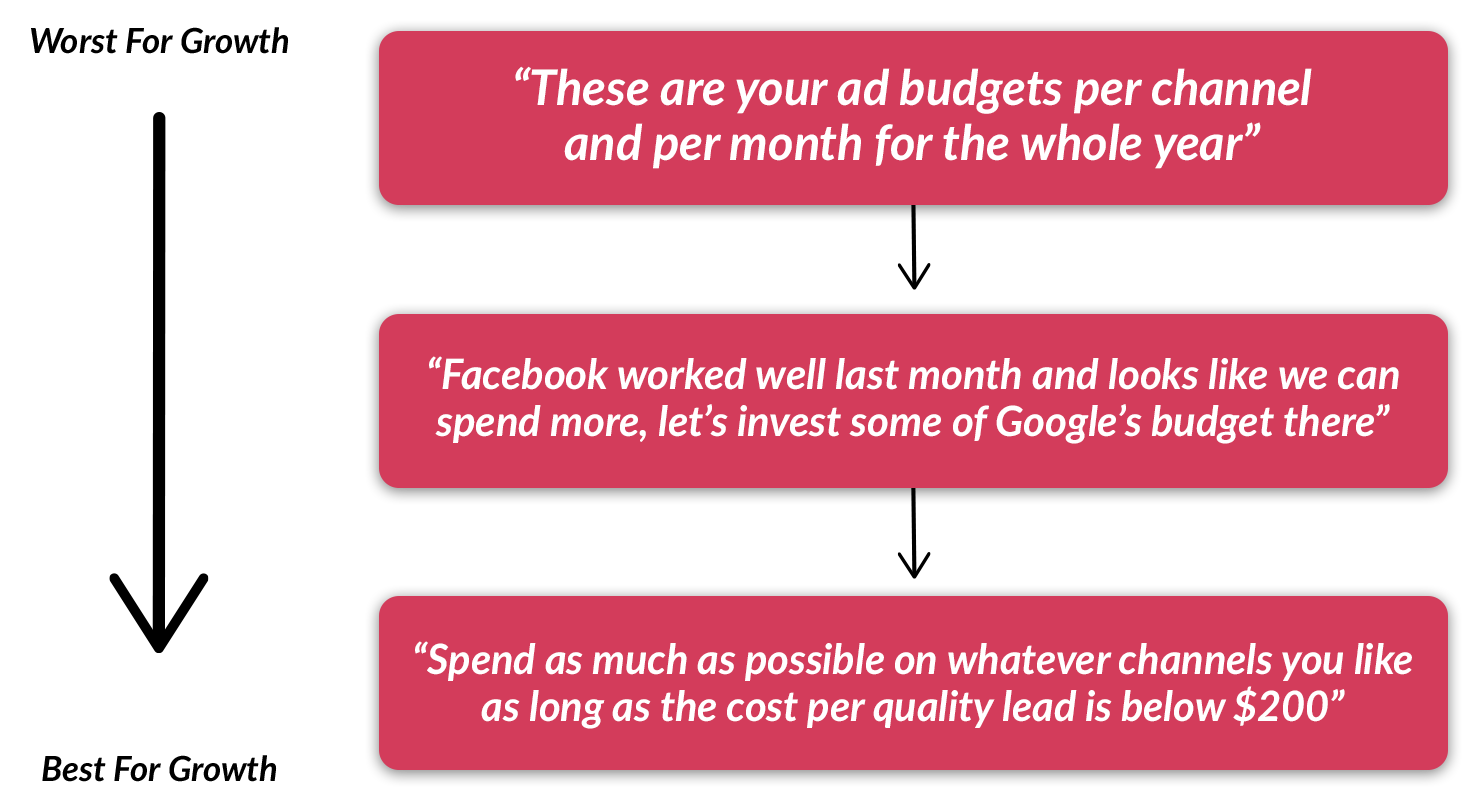
Of course, there are implications like cash flow that can’t be ignored, but as long as you track the right metrics, you don’t have to set your budgets in stone—and you’ll grow faster.
Growth killer #8: Moving more slowly than competitors
Speed is a big one, and it’s holding back most companies from growing to their full potential. “Speed” includes how quickly you make business decisions; how quickly you get new initiatives live; and how quickly you test things, learn from them, and test again. Slowness seems ingrained in some business cultures, and it can be hard to change, but it definitely stunts growth and is worth improving.
The faster you implement, test, find winning ideas, and scale them up, the faster your business will grow. That’s across marketing, sales, staff productivity—everywhere.
Take two competitors. If they’re the same in every aspect—product, price, brand, and team—then the only variable that will determine which grows fastest is speed. The faster company will roll out business improvements first, and those winning improvements will make a big difference for their business growth.
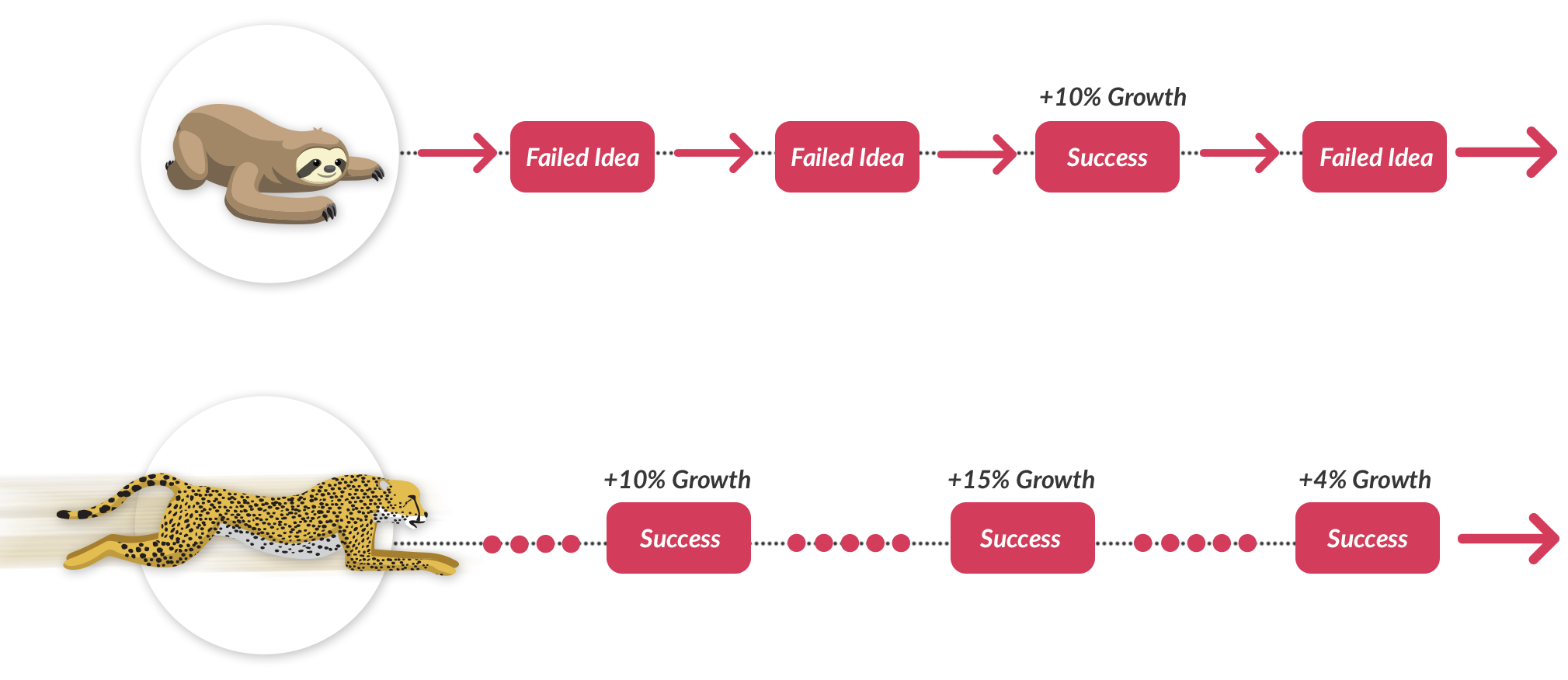
So, what can companies do about it?
It’s hard to change your business culture if you do things slowly, but it’s possible. Start by looking at your recruitment. Consider hiring people from non-traditional backgrounds, such as entrepreneurs, who think differently and look for faster, better ways of doing things.
Or, test interviewees by giving them a task they’ve never done before to see how fast they can teach themselves—and how quickly they can get a solution back to you.
Look at your management team as well. Ensure that managers aren’t micro-managing but instead empowering their teams to make decisions to get things done quickly. Clear roadblocks that cause delays, such as compliance, and look for ways to speed up common tasks by creating processes and finding new tools and software.
For slow, reluctant teams, show them small wins from moving fast and the effect it has on the business. Set KPIs that align with business growth. Monitor the number of things they implement each month and work with them to improve that number.
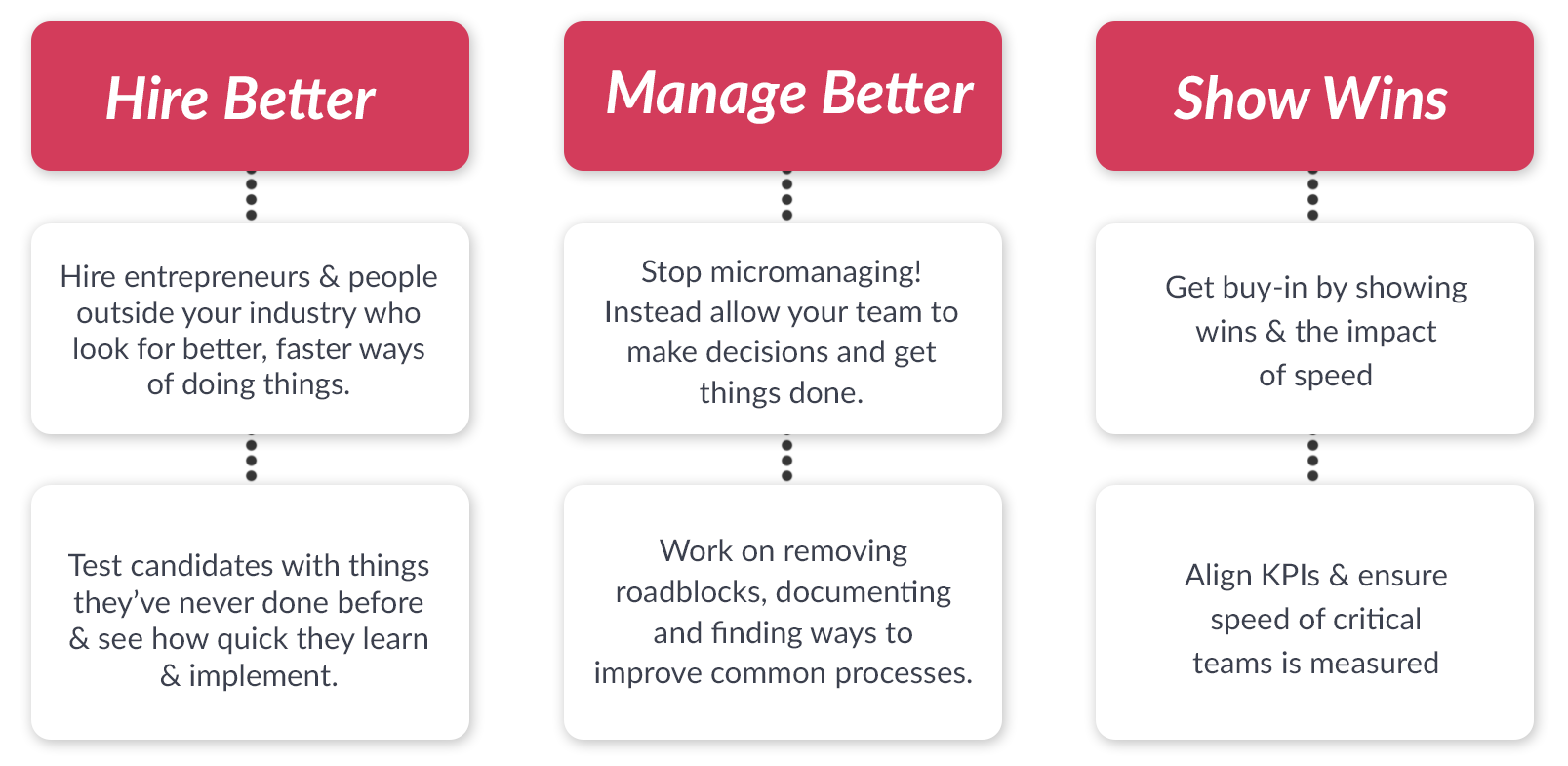
Growth killer #9: Not prioritizing correctly
People love ticking things off their to-do list—whether or not it’s the highest priority item.
Not prioritizing correctly holds back growth because the things that really grow a business are usually the hardest, and, without prioritizing them, those initiatives get rolled out slowly—after lower-priority, easier tasks your team is happy to tick off. That mentality will stunt your growth.

So, what can companies do about it?
Give your team the tools they need to determine where to spend their time. We use the ICE prioritization method. It ensures that the ideas that will have the biggest impact are higher on people’s tasks lists and, therefore, rolled out sooner.
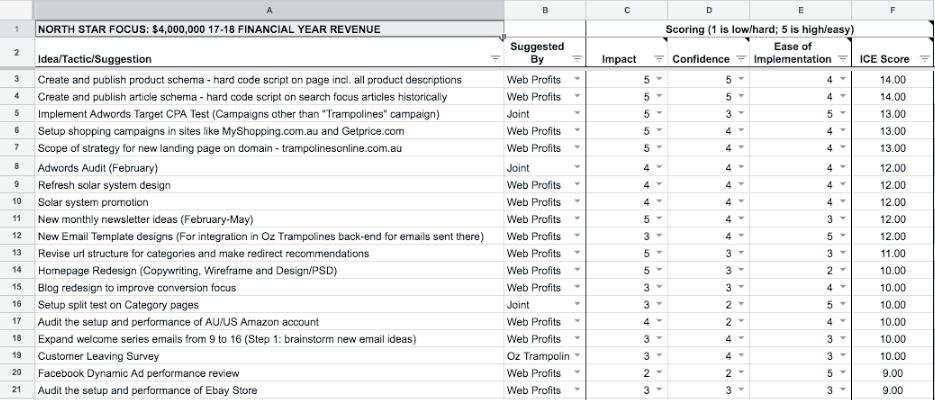
To implement the ICE prioritization method, ask every team to score the things they’re working on out of 10 for the following factors:
- Impact: The possible impact the idea could have on the metric you’re trying to grow month-on-month, if the idea works.
- Confidence: How confident you are that the idea will succeed based on past experience.
- Ease of Implementation: How much work and how long it will take to get this task done (i.e. Does it require a lot of development time, or can it be done in a day?)
By scoring items based on growing your most important metric, you ensure that all teams across the company work on the highest priority items first—and the business will grow faster because of it.
Conclusion
Nine things commonly hold back business growth:
- Silos
- Different goals and metrics
- Not knowing the numbers
- One-off marketing
- Not enough automation
- Concentrating on the top of the marketing funnel
- Setting ad budgets in stone
- Moving more slowly than competitors
- Not prioritizing correctly
If you can solve even one of these things, I’m confident it will accelerate your business growth.
Plenty of other things can hold back business growth, too. If you have some to add to the list, please let me know in the comments.
Business & Finance Articles on Business 2 Community
(95)
Report Post







